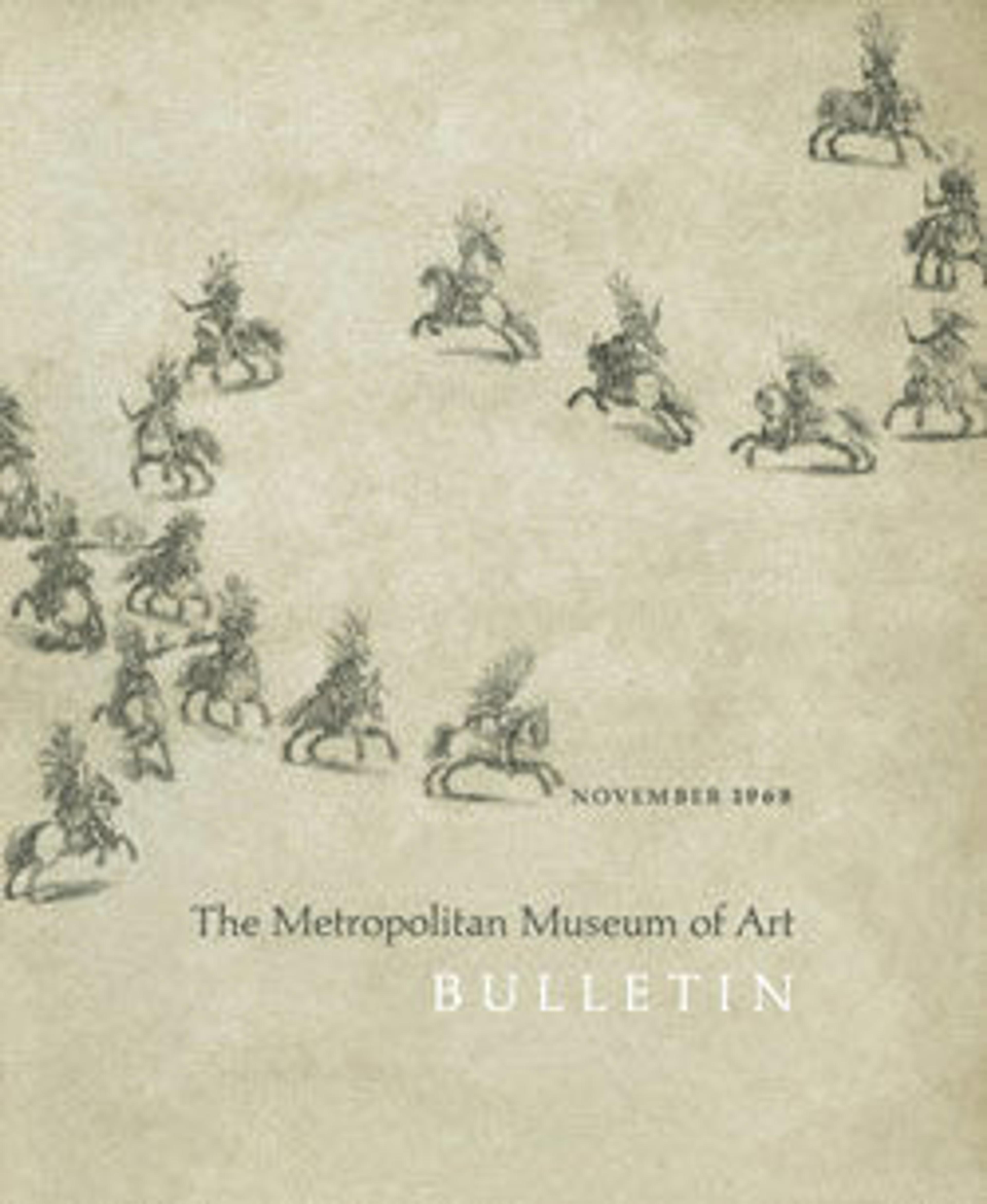Fragment of Chasuble
This silk textile fragment once functioned as the back of a chasuble, as is indicated by the shape of the piece. The textile is ornamented with pairs of confronting coroneted lions on either side of a stylized tree. The lions have been compared to a Granadine textile bearing Nasrid heraldic emblems and rampant lions, which possibly served as the model. Variants of this pattern, depicting slightly different plant forms or animals suggest that these textiles were mass-produced. For similar textiles in the museum’s collection, see also 11.23, 25.120.453, and 1981.372.
Artwork Details
- Title:Fragment of Chasuble
- Date:15th century
- Geography:Attributed to Spain
- Medium:Silk; lampas
- Dimensions:Max. dimension: H. 51 in. (129.5 cm)
W. 31 1/4 in. (79.4 cm)
Min. dimension: H. 47 1/2 in. (120.7 cm)
W. 22 3/4 in. (57.8 cm)
Mount: H. 54 1/2 in (138.4 cm)
W. 35 1/4 in (89.5 cm)
D. 4 in (10.2 cm) - Classification:Textiles-Woven
- Credit Line:Rogers Fund, 1920
- Object Number:20.94.1
- Curatorial Department: Islamic Art
Audio
6643. Overview: Nasrid Silks
0:00
0:00
We're sorry, the transcript for this audio track is not available at this time. Please email info@metmuseum.org to request a transcript for this track.
More Artwork
Research Resources
The Met provides unparalleled resources for research and welcomes an international community of students and scholars. The Met's Open Access API is where creators and researchers can connect to the The Met collection. Open Access data and public domain images are available for unrestricted commercial and noncommercial use without permission or fee.
To request images under copyright and other restrictions, please use this Image Request form.
Feedback
We continue to research and examine historical and cultural context for objects in The Met collection. If you have comments or questions about this object record, please contact us using the form below. The Museum looks forward to receiving your comments.
